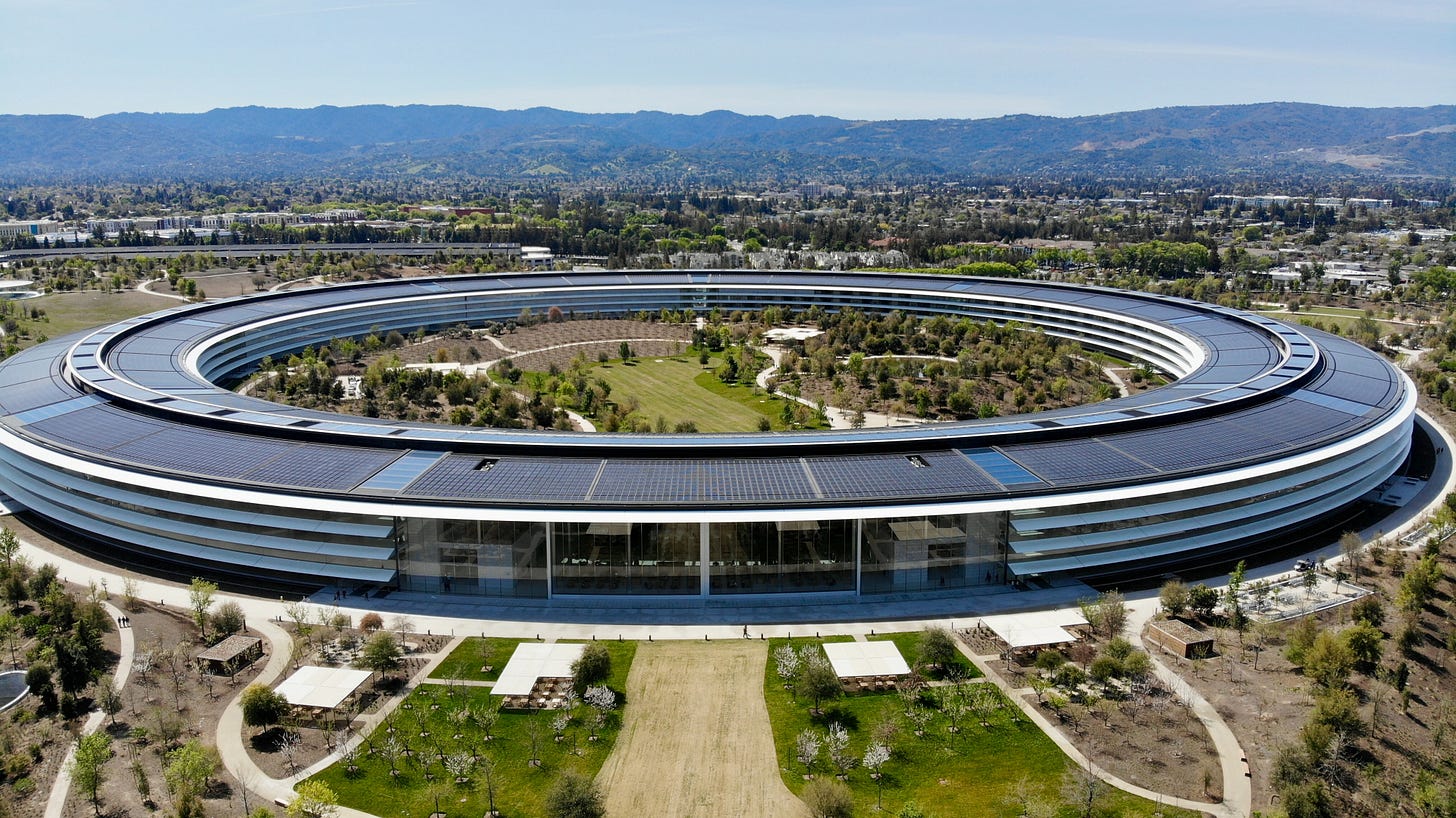The inequality created by innovation Part 1
The innovation districts

Photo by Carles Rabada on Unsplash
Few of us can argue against the case that innovation creates many benefits and that innovation is the core reason for modern existence. Among multiple other benefits, it promotes the advancement of society and enhances its capacity to act.
Innovation enables both Developing and Developed countries to solve important social problems like sickness, hunger, basic services, etc…
From an economic point of view, Innovation promotes growth, as it attracts, prioritizes, and deploys capital to build value that people and organizations are willing to use and pay for.
However, there are not only good things coming out from innovation, but innovation also has its side effects, and those have an impact on you and are shaping your environment, you may be in a fragile position unless you are actively engaged in this transformation process.
Many studies, while may still inconclusive among them, point to innovation as the cause of different problems that need to be addressed:
Talent and economic concentration in Innovation districts
Creating a skills displacement effect or Skill biased technological change
The broadening of the innovator competitive advantage
Facilitating the widening of the income gap in society
These problems and some solutions I’m committed to fulfilling throughout this series:
Part 2: Innovation is widening the gender gap
Part 3: When technology progress is not matched by our skills
Let’s begin by understanding the effects of one of the most visible effects of innovation:
The creation of innovation districts
Innovation is the driver of competitiveness where the world as a whole has made the least progress. Its benefits remain concentrated to few pockets of excellence and innovation ecosystems are failing to adapt to new techno-economic paradigms that can drive inclusion and sustainability.
Only a few countries have managed to turn innovation activity into tangible economic and social benefits. Out of 101 middle-income economies in 1960, only 13 had become high-income in 2008.
Even within those countries, some cities have developed the systems and processes to thrive as innovation districts, attracting not only the majority of capital but also the top talented people towards those places, eroding other cities and countries from these highly needed productivity resources for economic growth.
As top skilled people migrate to these districts, so does the top salaries and type of services required by those, as income and demand increases, so do the cost of living.

Source: MIT Technology Review
Silicon Valley's situation helps explain why. About 20 to 25 percent of the population works in the high-tech sector, and the wealth is concentrated among them. This relatively small but prosperous group is driving up the cost of housing, transportation, and other living expenses.
This rising cost of living can be seen in all innovation districts around the globe, London, Vancouver, Austin, Amsterdam, and Boston, to name some.
Bloomberg’s City Lab article expresses it clearly: “high-tech companies are increasingly seen more as villains than saviors, to blame for making cities less affordable and for the growing gap between the rich and the poor. Indeed, America’s leading high-tech centers—the Bay Area, Boston, New York, Washington D.C., Austin, San Diego, and Raleigh all rank highly on various measures of wage and income inequality.”
Chances are that you are not part of those Innovation districts’ highly skilled workforce (I am not), in that case, it is almost certain that you have heard from someone close to you, that some else, certainly highly skilled or looking for high profitable businesses, has gone to any of those innovation hubs (given my audience).

Source: ClusterMapping
Being that the case, and to avoid being left behind, we need to demand our representatives for decisive policies that promote innovation at the country and city levels or live with the consequences of losing our most appreciated highly skilled talent and Capital against those who have successfully implemented innovation promotion policies.
If you find this article valuable, please share it or sign up now to never miss one.

